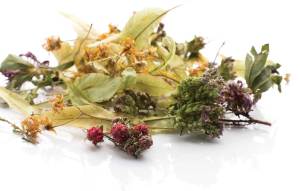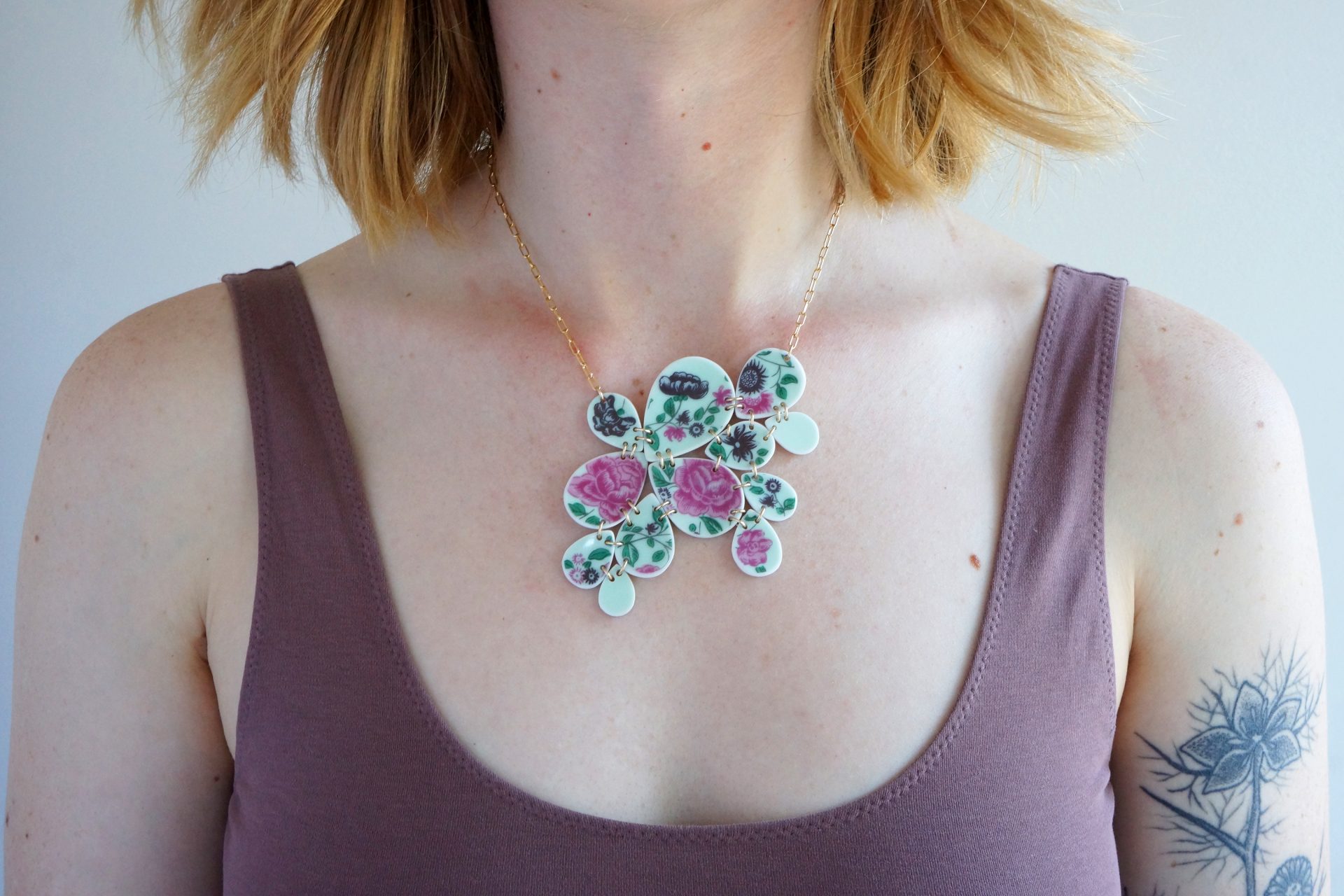To Tea or Not to Tea
12 Jan 2015
’Tis the season for tea. If you’re a newcomer to tea, here’s a primer.
By Ainslee Kellogg Mac Naughton A steep hour-and-a-half hike up a mountain in rural China led Sara Martinelli to a traditional oolong farm frozen in time. The elderly owner lived much like the tea farmers of the prior century—with no running water or electricity, and growing and harvesting all his food.
Martinelli, herbalist and owner of the Boulder Dushanbe Teahouse and Boulder Tea Company, was visiting China to learn more about tea growing and production. Her visit to the oolong farm revealed a day in the life of the Chinese farmer.
“This man cooked us lunch with these amazing ingredients on a stove made from fire and rocks, and truly, it was one of the best meals I’ve ever eaten anywhere,” Martinelli says. “After lunch, we harvested some tea and took turns carrying it down the mountain in large baskets. This trek is taken daily by the man’s grandsons, and it’s the only way they can get the tea leaves down the mountain to be processed into a premium oolong tea in the town below.”
A steep hour-and-a-half hike up a mountain in rural China led Sara Martinelli to a traditional oolong farm frozen in time. The elderly owner lived much like the tea farmers of the prior century—with no running water or electricity, and growing and harvesting all his food.
Martinelli, herbalist and owner of the Boulder Dushanbe Teahouse and Boulder Tea Company, was visiting China to learn more about tea growing and production. Her visit to the oolong farm revealed a day in the life of the Chinese farmer.
“This man cooked us lunch with these amazing ingredients on a stove made from fire and rocks, and truly, it was one of the best meals I’ve ever eaten anywhere,” Martinelli says. “After lunch, we harvested some tea and took turns carrying it down the mountain in large baskets. This trek is taken daily by the man’s grandsons, and it’s the only way they can get the tea leaves down the mountain to be processed into a premium oolong tea in the town below.”

- Most experts recommend steeping tea in a pot or jar, or in a metal basket that fits inside a cup. Infusers, while popular, don’t give the leaves room to expand and fully develop their flavor.

- Whether it’s black, green, white or somewhere in between, all true tea comes from the leaves of the Camellia sinensis plant. If left to grow wild, the plant could tower more than 50 feet. But it’s pruned to waist height for easier picking, like the plants at this tea plantation.
Blends for the Body
 Making your own tea blends might seem daunting, but tea blending is as simple as experimenting with different teas and herbs—similar to learning to cook. You can start with a base, like a green tea or lemongrass, or choose multiple herbs that complement each other.
For herbal blends, Luna recommends choosing three or four herbs to experiment with and keeping them in separate bags. Each day, prepare tea made from one of the herbs to get an idea of what each tastes like, and then begin to blend them.
“A good analogy is if you were learning to cook eggs, you’d start with scrambled eggs, not a soufflé,” Martinelli says. “Take time to allow your palate to learn different flavors and how they relate to each other.” Add different herbs or teas based on what flavor you’re trying to achieve, and don’t be afraid to throw out blends that don’t turn out.
“A lot of people feel intimidated getting into that process, but I think it’s pretty simple,” Whitacre says. “If you want more antioxidants, use a green tea. If you want a heavier tea, use a black tea. You kind of start with that.”
Blending tea allows drinkers to tailor the tea to their needs. Expectant mothers can create blends that will provide good nutrients and antioxidants during pregnancy; stressed commuters can create relaxing blends after a frustrating drive home.
Rebecca’s Herbal Apothecary offers classes on tea and tea blending, and recently expanded its space to accommodate a larger and better-equipped classroom setting. Ku Cha Tea has a blend-your-own-tea station set up in the store, and an online calculator allows you to create personalized blends with the perfect amounts of each ingredient. Ku Cha also offers free tea tastings every Saturday from noon to 3 p.m. that explore different tea categories.
With winter in full swing, now is the perfect time to take time out for tea.
Making your own tea blends might seem daunting, but tea blending is as simple as experimenting with different teas and herbs—similar to learning to cook. You can start with a base, like a green tea or lemongrass, or choose multiple herbs that complement each other.
For herbal blends, Luna recommends choosing three or four herbs to experiment with and keeping them in separate bags. Each day, prepare tea made from one of the herbs to get an idea of what each tastes like, and then begin to blend them.
“A good analogy is if you were learning to cook eggs, you’d start with scrambled eggs, not a soufflé,” Martinelli says. “Take time to allow your palate to learn different flavors and how they relate to each other.” Add different herbs or teas based on what flavor you’re trying to achieve, and don’t be afraid to throw out blends that don’t turn out.
“A lot of people feel intimidated getting into that process, but I think it’s pretty simple,” Whitacre says. “If you want more antioxidants, use a green tea. If you want a heavier tea, use a black tea. You kind of start with that.”
Blending tea allows drinkers to tailor the tea to their needs. Expectant mothers can create blends that will provide good nutrients and antioxidants during pregnancy; stressed commuters can create relaxing blends after a frustrating drive home.
Rebecca’s Herbal Apothecary offers classes on tea and tea blending, and recently expanded its space to accommodate a larger and better-equipped classroom setting. Ku Cha Tea has a blend-your-own-tea station set up in the store, and an online calculator allows you to create personalized blends with the perfect amounts of each ingredient. Ku Cha also offers free tea tastings every Saturday from noon to 3 p.m. that explore different tea categories.
With winter in full swing, now is the perfect time to take time out for tea.













